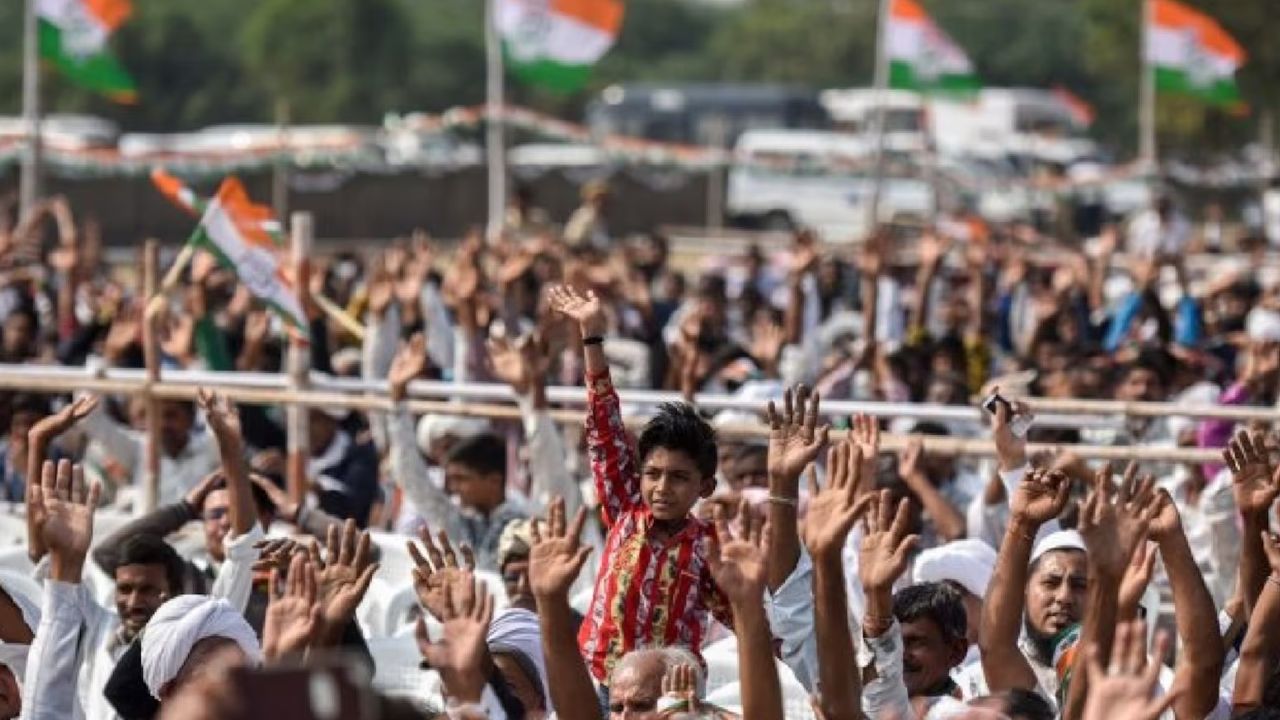As Madhya Pradesh, Chhattisgarh, and Maharashtra gear up for the assembly election due in these states, the campaign landscape is witnessing a surge in Meta and Google ad spending. Madhya -related political content topped the spenders’ list on both platforms in the last 30 days.
The official page of the chief minister of Madhya Pradesh, Shivraj Singh Chouhan, has emerged as the highest spender on Meta. As per Meta Ad Library, over the past 30 days, this page has invested approximately Rs 78.9 lakh in running 23 ads related to social issues, elections or politics. As per Google’s Ad Transparency Centre, the Directorate of Public Relations, Madhya Pradesh, has spent Rs 1.49 crore.
Between August 24 and September 22, Madhya Pradesh has maintained its position as the leading spender on Meta, with an expenditure of nearly Rs 2.28 crore. On Google, the spending in the last 30 days was about Rs 2. 80 crore.
Overall, on Google ads, the Bharatiya Janata Party (BJP) accounted for advertising expenditure of Rs 80 lakh, followed by Department of Information and Public Relations (DIPR), with about Rs 18.5 lakh approximately.
On Meta, after Chouhan’s official page, the next largest spender has been Jansampark Madhya Pradesh, the official handle of the state’s PR department, with an investment of approximately Rs 57 lakh. The remaining top five spenders include DIPR, Rajasthan, which spent nearly Rs 43.7 lakh, BJP Madhya Pradesh with around Rs 32.5 lakhs, and BJP Rajasthan, which invested nearly Rs 23.3 lakh during the same period on Meta ads.
Interestingly even after X, the microblogging site formerly known as Twitter, lifted the ban on political campaigns, political ads are still gravitating more towards other platforms.
Shradha Agarwal, co-founder and CEO at digital marketing agency Grapes, explains why.
“If we simply take the case of X and Meta, considering they both have similar offerings, political parties are increasingly turning to Meta for their advertising campaigns due to the platform’s immense reach and engagement potential,” she said.
With nearly 1.4 billion people in the country and a significant portion actively participating in elections, it’s crucial to identify where these voters are concentrated. While some individuals may have predefined political leanings, a substantial segment remains open to persuasion and influence. This is where political campaigns come into play, targeting the swing voter seeking news, information and updates.
The shift from traditional TV advertising to digital is driven by the fact that both potential buyers and voters are now primarily active in the digital space. A closer look at subcategories within the digital realm reveals that X, for instance, has around 25 million users in India. In contrast, Meta boasts an audience of over 400 million.
“Just like any savvy marketer aiming to promote a product or service, political parties and politicians are opting for the platform with the broader and more diverse audience base. This strategic shift allows them to effectively communicate their political agendas to a larger and more engaged user base, making Meta a natural choice for their campaigns,” Agarwal added.
The platforms chosen for political campaigns are different for a general election and a state election. For state elections, platforms with regional reach like Instagram, YouTube and Facebook work best, said Shudeep Majumdar, the co-founder and CEO of Zefmo who has worked on multiple political campaigns.
“Typically, political campaigns are divided into four phases, with digital campaigns gaining the most traction during the third phase. This trend has been consistent since 2014. However, we are currently not in the third phase, but we’ve observed significant shifts in campaign strategies, focusing on which issues are prioritised and the platforms chosen for outreach,” Majumdar said.
“The X platform stands out due to its advantage in delivering short-format content but it has language limitations and for state elections, where content is more region-specific, platforms like Meta and YouTube prove to be the best for amplification,” he added.
